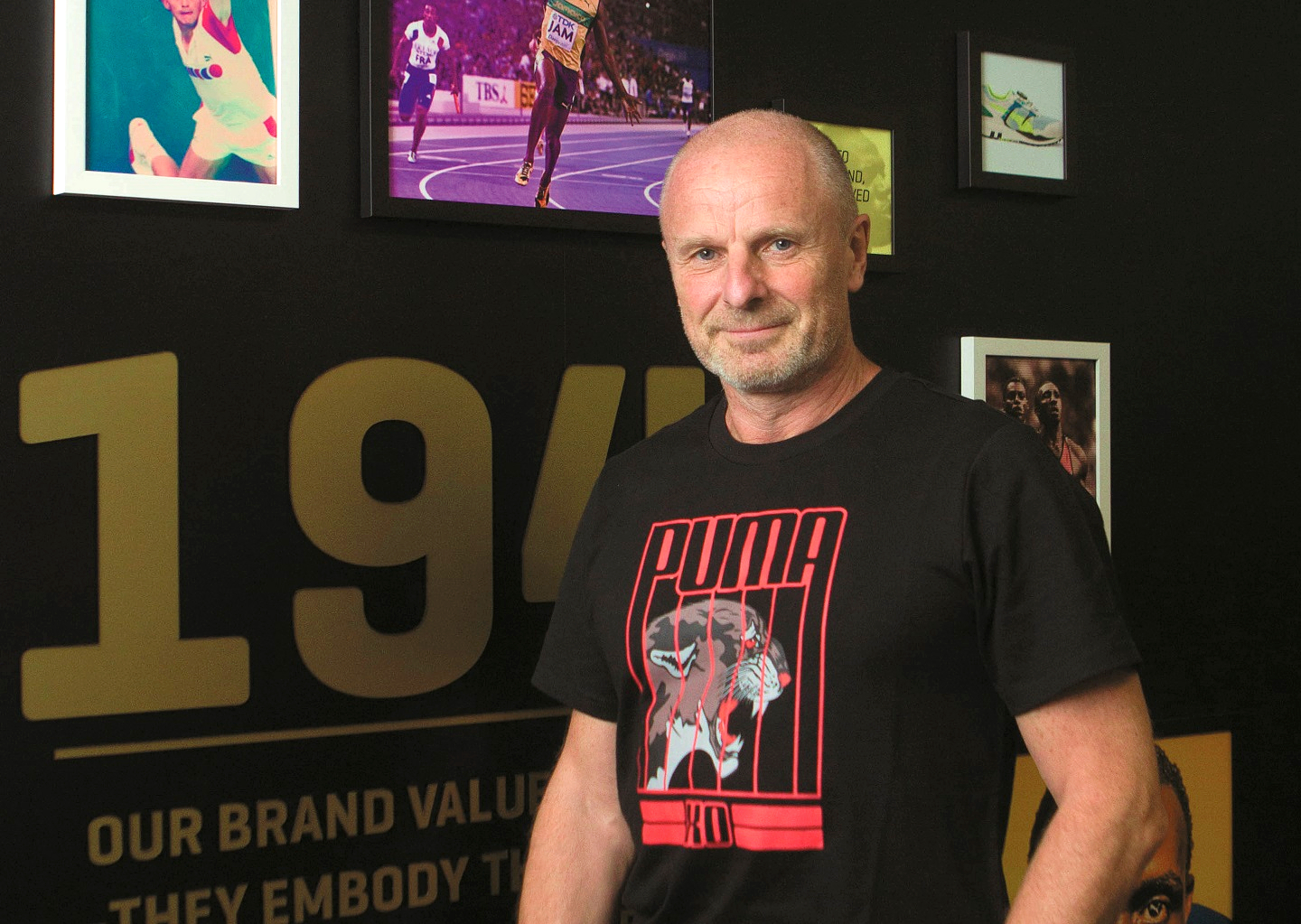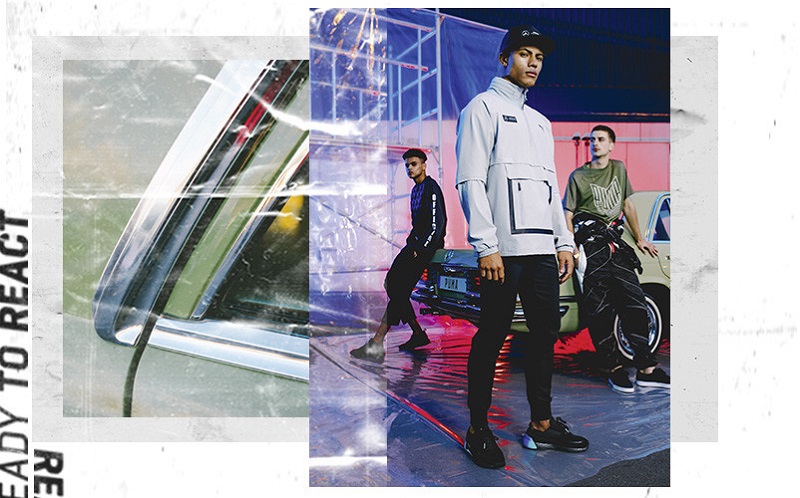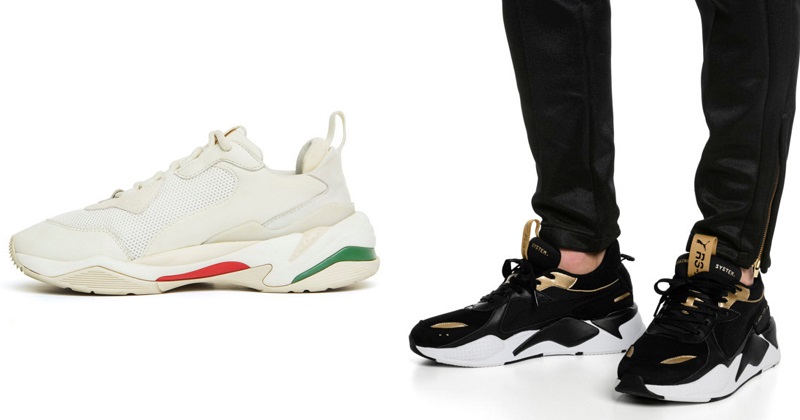
Le-Bretton: "“We do not follow trends, instead we are reactive to trends." (Photo: Patrick Goh/The Edge)
As far as career is concerned, Philippe Le-Bretton seems to have come full circle from his days as a tennis coach at Club Med. He moved on from a sports-related job to join a number of fashion and lifestyle brands — Nina Ricci, Longchamp and Lacoste — before an opportunity arose at Puma, where he is now the general manager for Southeast Asia. His appointment at Puma over a decade ago saw him once again amalgamate the element of sport into his work while returning to the region that was the stepping stone to his present career.
Although his initial role required him to be based in Germany and later Hong Kong, in 2015, Le-Bretton moved to Singapore for his current role, not too far from Malaysia’s Cherating where the Club Med he once worked at is located. Having built the foundation of his career in Asia, he is fond of the region. His current role encompasses the 10 Asean countries, with Malaysia, Singapore and Indonesia being the major markets.

“I started my career in Asia, by opportunity in the beginning and it became a choice later on. If you look at what is going on in the world today, Asia is just booming and I am very happy to be part of a company that is also booming here … Malaysia is a big market because there are more points of sale here than in any other Southeast Asian market,” says Le-Bretton, referring to the brand’s 19 outlets in the country.
Despite not playing tennis anymore, he tells us that sport remains a big part of his life. He makes it a point to run and train in the gym and do some Thai boxing with his daughters three or four times a week. “If you don’t like sport, it is very hard to work in a sports company,” he says.
As a sports brand that has been designing, developing, selling and marketing footwear, apparel and accessories for 70 years now, Puma’s roots run deep in sectors such as football, running and training, basketball, golf and motorsport. Puma dominates the motorsport arena, where Le-Bretton tells us it has signed the three main teams from the paddock — Ferrari, Mercedes-Benz and Red Bull. “The winning teams and athletes are our key assets,” he says.
It is fitting that our interview takes place in a meeting room in Puma’s Kuala Lumpur headquarters named Usain Bolt, who makes for a fine example. The brand signed the teenaged Bolt over a decade ago, before he earned the moniker “world’s fastest man” and became a 2016 Olympic gold medallist, where he triumphantly lifted his signature golden cleats by Puma in the moments following his win. More recently, Manchester City joined the list of winning teams signed to the brand and fans of the football club can expect to see more Puma ambassadors emerge from this team.
Apart from collaborations with renowned athletes, celebrity tie-ups are also crucial for Puma, which, according to Le-Bretton, has a customer demographic ranging in age from seven to 77 in this region. “We have customers from the younger generation but we also have a more mature crowd,” he says. Collaborations and the ambassador status of people like shoe designer Sophia Webster, singers Selena Gomez and model Adriana Lima are likely to appeal to the former, who in some markets dominate this consumer segment.
“Collaborators are key, especially to capture the younger generation of consumers who spend their free time consuming very rapidly on the internet and social media. So, for the lifestyle section, this is definitely important,” he says, referencing the rapidly growing influence of the athleisure that Puma, whose focus was purely on sport, has been able to make the most of.
“I think we were one of the first ones to do it but now almost every brand is doing athleisure. Even fashion brands make sneakers. When you are the first, it is easier to grow in the beginning … Sportswear brands are becoming lifestyle brands due to comfort and desirability. It has become increasingly common in the past two years to see people wearing something suited for the gym on the street or training shoes as daily footwear. The people who start trends are the youngsters — the millennials and GenZ. I think we are one of the few brands to really take care of these people by incorporating lifestyle with sportswear in our designs. Is this forever? I don’t know. But so far, it is really working,” he says about what he describes as the brand’s pioneering edge in athleisure.
One of the must-have wardrobe essentials are sneakers, more specifically retro ones fitted with chunky soles, Le-Bretton says. Puma hears this demand, offering the popular Thunder and RS footwear. “We are more product and consumer-centric right now. We listen to what the consumer wants. Our new management and new CEO have been involved in product direction since day one and you can really see the change.”

Puma’s newly launched e-commerce store, which carries some exclusive seasonal drops, is part of this positive recalibration, allowing the brand to reach a wider audience than it already has.
While, like many other brands, Puma may be riding the athleisure wave now, it is cautious about remaining close to its roots in sport. “We do not follow trends, instead we are reactive to trends … Puma has the momentum right now and it is due to the strategic priorities which are: focus on product, focus on the consumer, being fast with trends, being fast to solve issues with customers and a focus on women — who are a significant part of our business today,” says Le-Bretton.
Having been a part of the brand for as long as he has, Le-Bretton uses the analogy of a football team to explain his key takeaway during his 12 years and counting with Puma. “Nothing can be achieved without a team behind you. The first thing I tried to achieve when I arrived here was to build a solid team. You can set up all the strategies you want, but you need a strong team that can work together to achieve goals. It is almost like a football team that is playing well because they work together and can anticipate what the other is going to do — and that is how they win. It is true that you need a good coach, but it is also important to have a good team.”
This article first appeared on June 3, 2019 in The Edge Malaysia.


